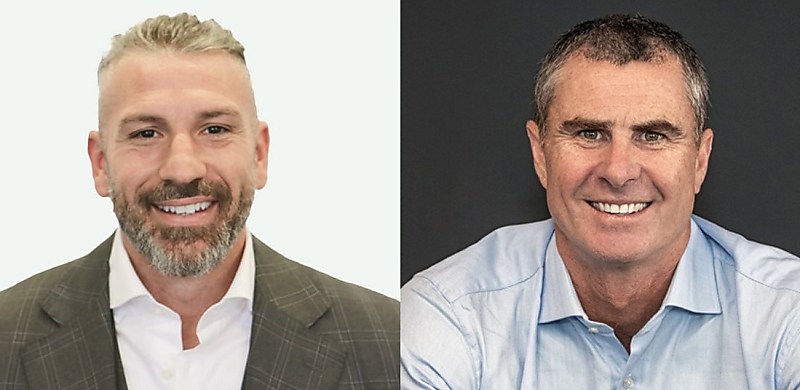
SME lenders have shed light on the present state of SME borrowers, the emerging trends in the sector and the opportunities for brokers.
Recently on The Adviser’s In Focus podcast, Prospa’s general manager, sales and partnerships Australia, Roberto Sanz, and Banjo Home Loans CEO Guy Callaghan spoke on the current landscape of small- to medium-sized enterprise (SME) financing.
The latest Business Risk Index (BRI) released by CreditorWatch found that SMEs in the hospitality sector are facing a higher risk of business failure (one in 13 estimated to fail over the next 12 months).
According to CreditorWatch, these businesses are particularly vulnerable as they tend to have smaller cash reserves and are less able to take measures to cut costs.
CreditorWatch CEO Patrick Coghlan said that these conditions will not improve until consumer spending lifts, which would only be brought after “one or two rate cuts filter through to households”.
Speaking on the current state of SMEs, Sanz told The Adviser that it has “been a bumpy year for small businesses across Australia”.
“Business confidence has been on a downward trajectory over the last year. However, we started seeing some positive signs at the beginning of the quarter of this calendar [year],” Sanz said.
“The decline in confidence can be attributed to several factors, including the [downturn] in the economy, staffing challenges and shortages as well as late payments, which have contributed to small businesses holding inadequate levels of cash reserves.”
Sanz further said that research commissioned by Prospa through YouGov found that SMEs are currently maintaining cash reserves “equivalent to two to three months’” worth of expenses, while one in five small businesses held no cash reserves whatsoever.
“To put it into perspective, the rule of thumb states that a business should be holding between three and six months-worth of expenses,” Sanz said.
He further said that Prospa believes that many SME owners are finding it more complex to navigate the process of qualifying for finance and are turning to brokers for advice.
“This explains why at Prospa [over the last 12 months], we have seen an increase of 20 per cent more brokers referring customers to us and one of the segments we’ve identified are what we’ve defined as ‘established businesses’,” Sanz said.
In focusing on this segment of borrowers, Prospa saw an increase of brokers referring established businesses by 27 per cent, according to Sanz.
“We do expect that these established businesses will continue to rely on brokers for advice in the next 12 months. And our own research actually states that 33 per cent of established businesses would borrow for business expansion in the next 12 months,” he said.
On the trends in the sector that brokers should be on the lookout for, Callaghan said that there’s no “real massive trend” in the types of borrowers that he’s seen.
“If I were a broker, I’d [be] going out and engaging with the SME business owners and just [asking] ‘what’s happening in your business? What are you seeing?’ Because we’re getting people who are coming for acquisition, we’re getting people who are coming for ATO debt payout, and we’re getting people who are coming for growth plans,” Callaghan said.
“There is not one area or industry that’s strong and where to focus. Probably the one that is hurting at the moment on the flip side of that is retail, but that’s been so well documented and it’s still in the same situation.
“Things are really starting to hurt them a fair bit and so that’s probably the one industry I’d be wary of.
“And if I had clients in that industry as a broker, I’d really be just engaging with them and finding out how their business is going so you can help prepare them for the coming out the other side.”
Callaghan also said that more brokers are diversifying into commercial finance due to the retail property market slowdown while “consumers are hurting more and interest rates are rising”.
Callaghan further said that Banjo will be releasing a “cash flow forecasting tool” set to be made available for business owners and brokers.
[RELATED: Rising super requirements ‘leading pain point’ for SMEs: ScotPac]
 Login
Login











JOIN THE DISCUSSION